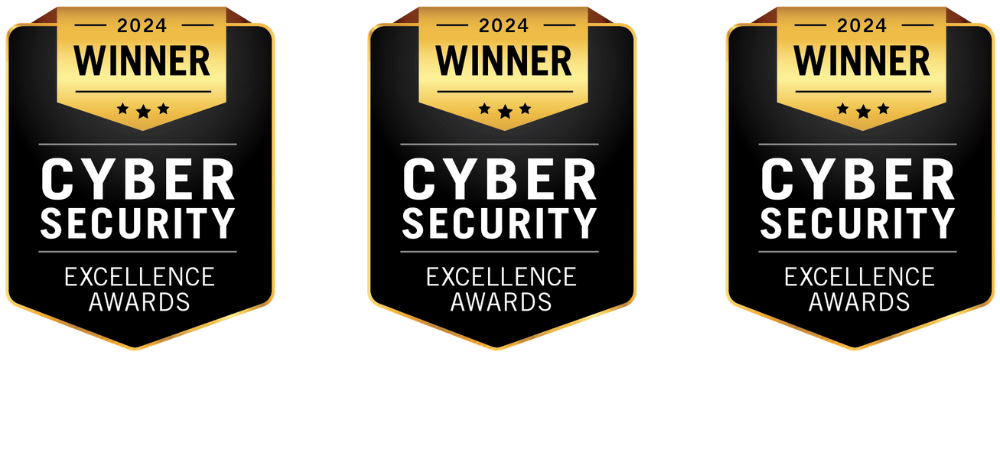External network penetration testing is one of the best methods to find any vulnerability that can be exploited before it happens outside of your organization. New scoring systems, voluntary compliance requirements, and alterations in the process of exposing services online require more exact and standards-based practice than ever in 2025.
This blog gives you a seven-step actionable checklist, incorporates newer regulatory and point of reference materials, and contains critical operational, compliance, and intelligence considerations.
External Network Penetration Testing Checklist
1. Plan the Test
Define Scope and Authorization
When an un-scoped test is carried out, there is a risk of losing the asset or the surprise effect.
Document:
- Recognised IPv4 and IPv6 address space.
- Subdomains, domains, and External DNS.
- VPNs, SSH gateways, and SSL portals (remote access services).
- Public services are hosted on the cloud.
- SaaS portals in your possession.
Rule out unwritten, specifically approved items unless there is an agreement regarding expansion of scope in written form.
Agree on Testing Parameters
- Timeframes having specified maintenance windows
- Allowed techniques (e.g., limit exploitation depth, no DoS).
- Escalation contacts with critical conclusions.
Standards Alignment
- NIST SP 800-115 – Methodology reference.
- NIST CSF 2.0 – Risk governance alignment.
- PCI DSS 4.0.1 – Mandatory from March 31, 2025, for cardholder data systems.
- CVSS v4.0 – Severity scoring.
- CISA KEV – Prioritization for actively exploited vulnerabilities.
For the complete baseline before execution, check out What is Network Penetration Testing?
2. Find All Your Assets
Asset Identification
- WHOIS and RIR records assigned IPs are mapped by Map.
- List subdomains with Amass or Subfinder.
- Check WHOIS records, also review Certificate Transparency logs to see missed domains.
- Address space scan IPv4 and IPv6.
- Scan with Masscan or Naabu.
Cloud and SaaS Perimeter
- Locate IT and storage deployed on the cloud.
- Add CDN edges and managed DNS zones.
- Map 3rd party integrations or public APIs.
Classification
Tag assets by:
- Business criticality.
- Data sensitivity.
- Authentication method.
- Technology stack.
3. Scan for Weaknesses
Automated Scanning
- Use authenticated scans where possible.
- Keep signatures updated.
- Capture configurations for repeatability.
Prioritization
- Apply CVSS v4.0 Base metrics.
- Adjust using Threat metrics if active exploitation is confirmed via KEV.
- Flag KEV vulnerabilities as urgent.
High-Risk Categories in 2025
- Unpatched VPN and remote access appliances.
- Weak TLS configurations.
- Public admin panels.
- Exposed cloud storage.
- Vulnerable middleware components.
4. Verify Critical Issues
Manual Validation
Automation is not sufficient for accuracy:
- Confirm authentication weaknesses by attempting a bypass.
- Test cryptographic issues with SSLyze or equivalent.
- Access control validation for admin panels.
- Injection flaw reproduction for web-facing applications.
- Edge routing verification to detect origin leaks or bypassed controls.
Evidence Collection
For each confirmed issue:
- Screenshots.
- Request/response logs.
- Packet captures.
- Step-by-step reproduction details.
5. Report Clearly
Executive Summary
Include:
- Counts by severity.
- Business impact of critical findings.
- Overall posture assessment.
Technical Details
For each issue:
- Asset and service details.
- Vulnerability description.
- Evidence and reproduction steps.
- CVSS v4.0 score with Threat/Environmental adjustments.
- KEV reference if applicable.
- Remediation steps.
Compliance Mapping
Map findings to:
- NIST CSF 2.0 categories.
- PCI DSS 4.0.1 requirements.
- ISO 27001 Annex controls or SOC 2 criteria if relevant.
6. Fix and Retest
Remediation
- Apply patches or firmware updates.
- Disable insecure protocols and ciphers.
- Restrict admin access to internal networks.
- Enforce MFA on all external portals.
- Remove unused services.
Urgent Response
- Mitigate KEV-listed vulnerabilities within 24–48 hours.
- Monitor for exploitation until fixed.
Retesting
- Use the original exploit path to confirm closure.
- Document pre- and post-fix evidence.
7. Keep it Continuous
Ongoing Practices
- Maintain external asset inventory.
- Integrate asset discovery into change management.
- Subscribe to KEV and vendor advisories.
- Conduct targeted tests after infrastructure changes.
Turn plans into action. Request a Quote for your next engagement.
Common Mistakes in External Network Penetration Testing
Even skilled teams can reduce the value of a test through avoidable errors:
- Partial asset coverage – Missing shadow IT or forgotten subdomains.
- Ignoring IPv6 – Leaving IPv6 services untested while hardening IPv4.
- Old vulnerability feeds – Outdated scanner plugins lead to missed active exploits.
- Overdependence on automation – Business logic flaws and API misconfigurations require human testing.
- Weak evidence handling – Without raw logs, timestamps, and hashes, findings may be challenged.
Integration with Threat Intelligence
Threat intelligence adds context and focus:
- Align tests with KEV and vendor advisories.
- Include OSINT for leaked credentials, domains, and infrastructure.
- Match scenarios to active attacker behavior, such as mass scanning of specific CVEs.
Testing Frequency and Triggers
External tests should run:
- Annually for baseline compliance.
- After major changes – migrations, new applications, new remote access systems.
- In response to industry breaches – check for similar exposures.
- As part of CTEM – Continuous Threat Exposure Management cycles for ongoing assurance.
Data Handling and Evidence Security
Test outputs often include sensitive details:
- Store in encrypted repositories.
- Limit raw evidence to authorized personnel.
- Follow a defined retention policy (e.g., 90 days).
- Remove credentials and sensitive data from customer-facing reports.
How External Testing Supports Compliance
Penetration testing maps directly to multiple frameworks:
- PCI DSS 4.0.1 – External penetration testing is mandatory for CDE.
- NIST CSF 2.0 – Supports Identify, Protect, Detect, and Govern functions.
- ISO/IEC 27001 – Demonstrates operational control effectiveness.
- SOC 2 – Satisfies control testing for the Security trust principle.
Coordination Between Internal and External Teams
Coordination ensures efficient execution:
- Notify SOC/NOC to avoid false incidents.
- Provide necessary credentials for authenticated testing.
- Assign remediation owners during the test, not after.
Key Metrics to Track
Metrics drive improvement:
- Number of unique assets found.
- Count of verified critical vulnerabilities.
- Median time to remediation.
- Percentage of vulnerabilities that were already known internally.
- KEV-related vulnerabilities per test cycle.
Example of Testing Workflow
Pre-Test
- Confirm scope and authorization.
- Prepare recon and scanning tools.
- Coordinate with IT/SOC.
During Test
- IPv4 and IPv6 discovery.
- Vulnerability scanning.
- Manual validation of critical items.
- Real-time evidence collection.
Post-Test
- CVSS v4.0 + KEV prioritization.
- Issue remediation guidance.
- Retest verification.
- Compliance mapping update.
Quick Reference Checklist
- Authorization in place.
- Scope confirmed.
- IPv4 + IPv6 included.
- Automated scans run and saved.
- CVSS v4.0 scoring applied.
- KEV cross-check complete.
- Manual validation done.
- Report with executive + technical sections.
- Remediation deadlines assigned.
- Retest evidence recorded.
- Asset inventory updated.
Final Thoughts: External Network Penetration Testing Checklist
External penetration testing needs:
- NIST SP 800-115, NIST CSF 2.0, PCI DSS 4.0.1.
- Actual inventory of IPv4 and IPv6 assets.
- Known exploited-prioritization with CVSS v4.0 and KEV.
- Good evidence management in the preparation of an audit.
- Continued correlation to vulnerability management and CTEM programs.
This structure leads to technical accuracy, operational efficiency, and readiness of compliance in one and the same repeatable process.
Book a demo with Strobes today and see how our platform streamlines every step of your External Network Penetration Testing from asset discovery to remediation tracking.







